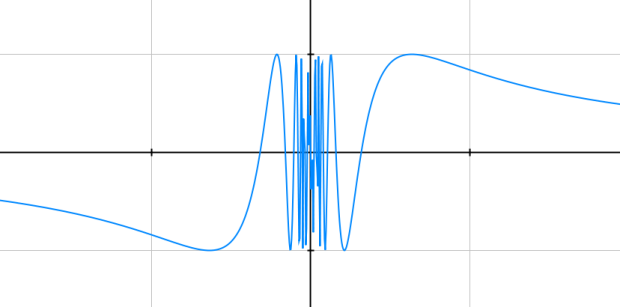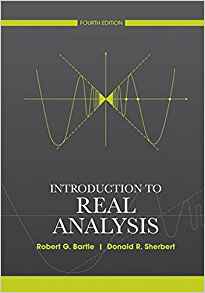
Fall 2017
Course Goals
Course Schedule
Assignments

General Information
Instructor: Tom Sharland
email: tsharland "at" uri "dot" edu
Lectures: MW 3.00-4.45, Lippitt 204
Office: Lippitt Hall 202F
Office hours:Monday 11-12, Tuesday 3-4 and Thursday 2-3 or by appointment
 Course description: This course is an introduction to real analysis, as well as giving a brief insight into the notions of a metric space and topology. We will start by examining the notion of limits of sequences and series in R. After this, we will consider limits in metric spaces, and then move on to a study of real functions. This course will be continued as MTH436 in the Spring.
Course description: This course is an introduction to real analysis, as well as giving a brief insight into the notions of a metric space and topology. We will start by examining the notion of limits of sequences and series in R. After this, we will consider limits in metric spaces, and then move on to a study of real functions. This course will be continued as MTH436 in the Spring.
This course will be relatively fast-paced, so in order to keep up with the material, you should be prepared to spend sufficient time outside of class attempting practice problems and reading and understanding your notes and textbook.
Textbook: Introduction to Real Analysis by Bartle and Sherbet (4th Ed.).
Prerequisites: MTH215, MTH243 and MTH307 (or permission of the instructor).
Homework: Homework will be assigned weekly. Each assignment will be split into (up to) 3 parts. Part A will be simpler questions, which you may find useful with solving the later questions and may also appear on the weekly quiz (more later). Part B will consist of the questions to be submitted for credit. Part C are harder questions and may go beyond the scope of the course. Tackle these if you want a challenge or are interested in learning more.
You are positively encouraged to work together on the homework assignments. However, you should write up your submitted solutions on your own - this will ensure you understand the answer.
Quizzes: These will take place weekly and will be based on the homework.
Grade breakdown: The grading scheme will be as follows:
- Quizzes: 10%
- Homework: 10%
- Midterm I: 20% - on 24th October in class.
- Midterm II: 25% - on 19th November in class.
- Final: 35 - on 17th December at 3pm in Lippitt 204.